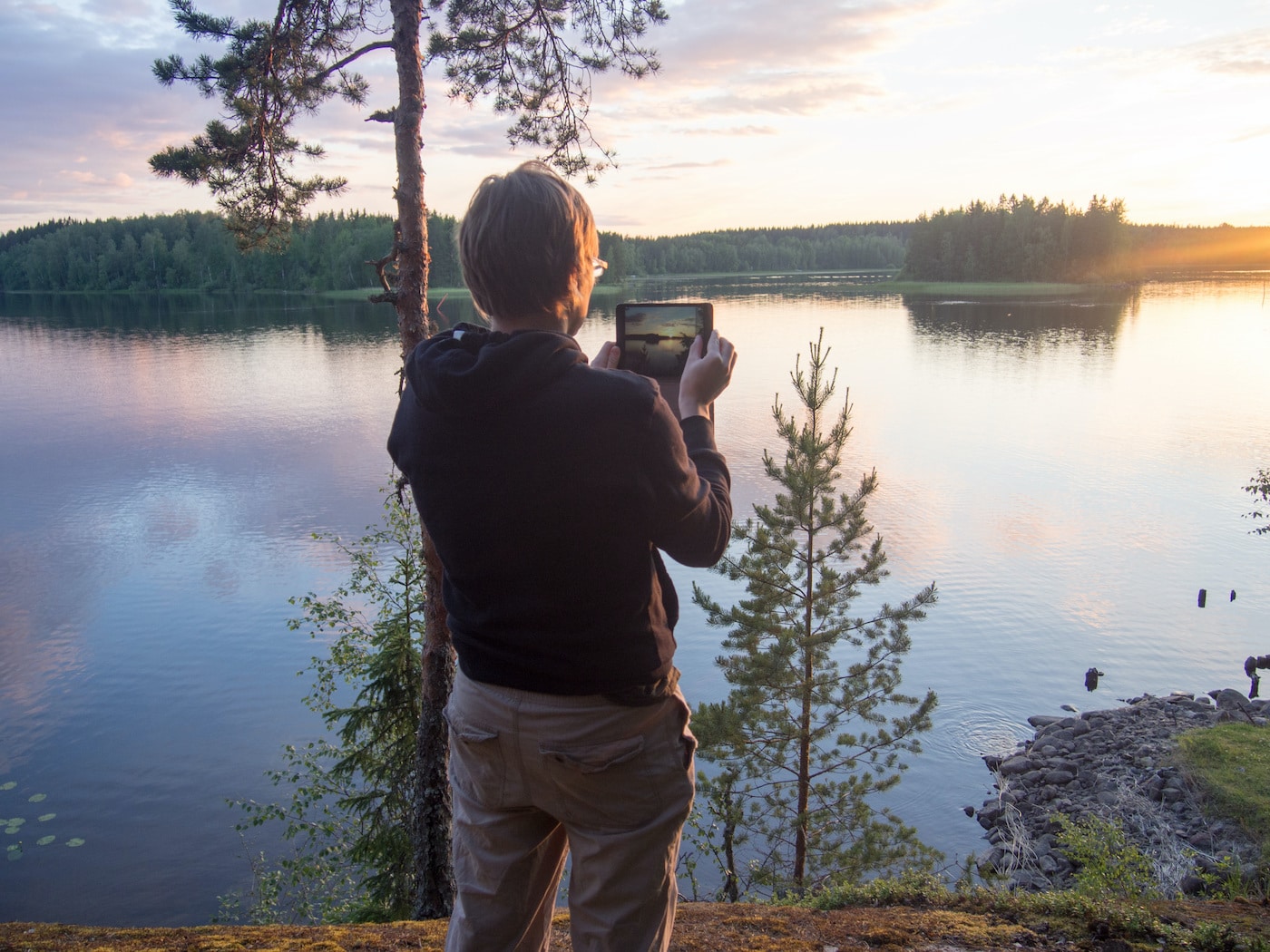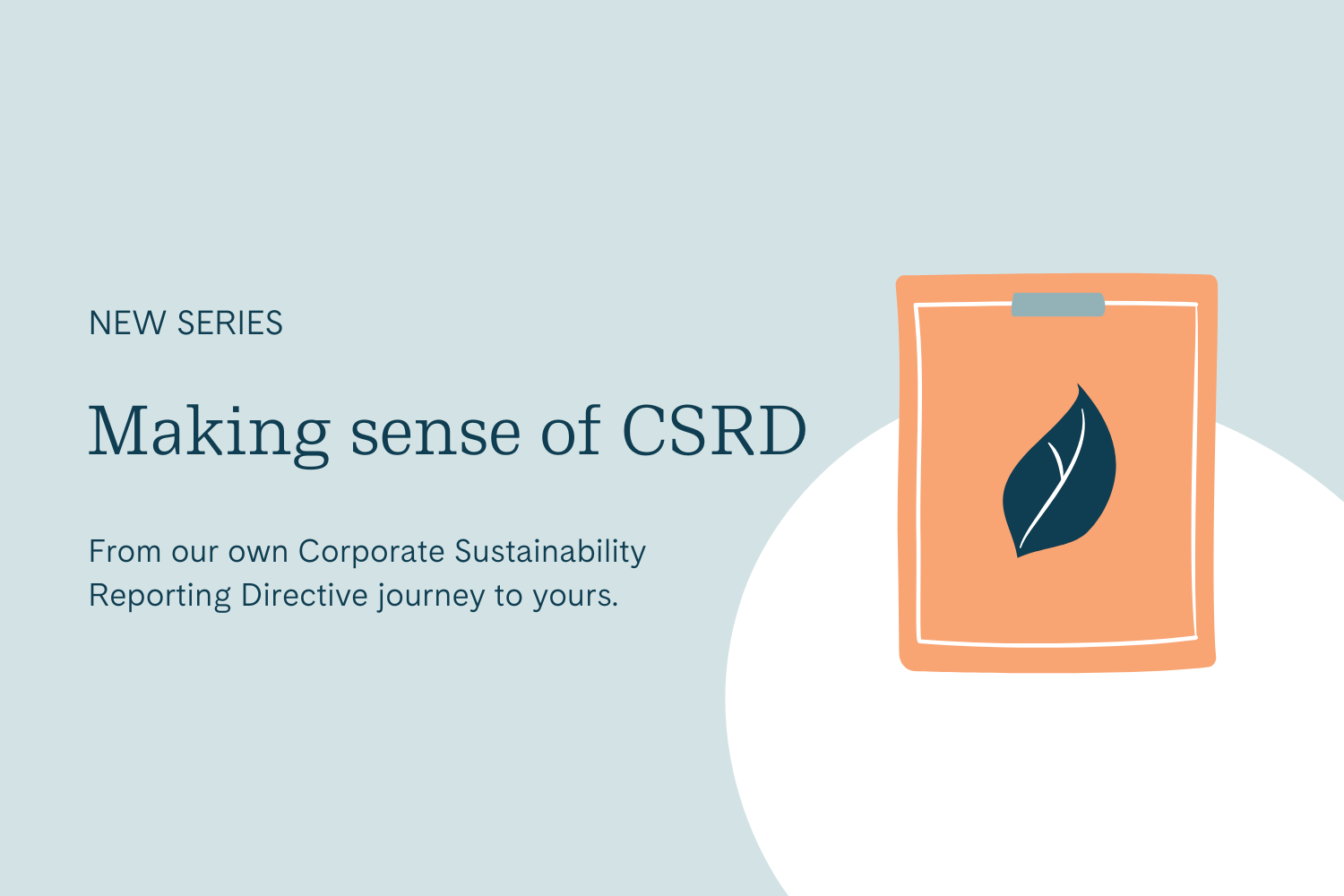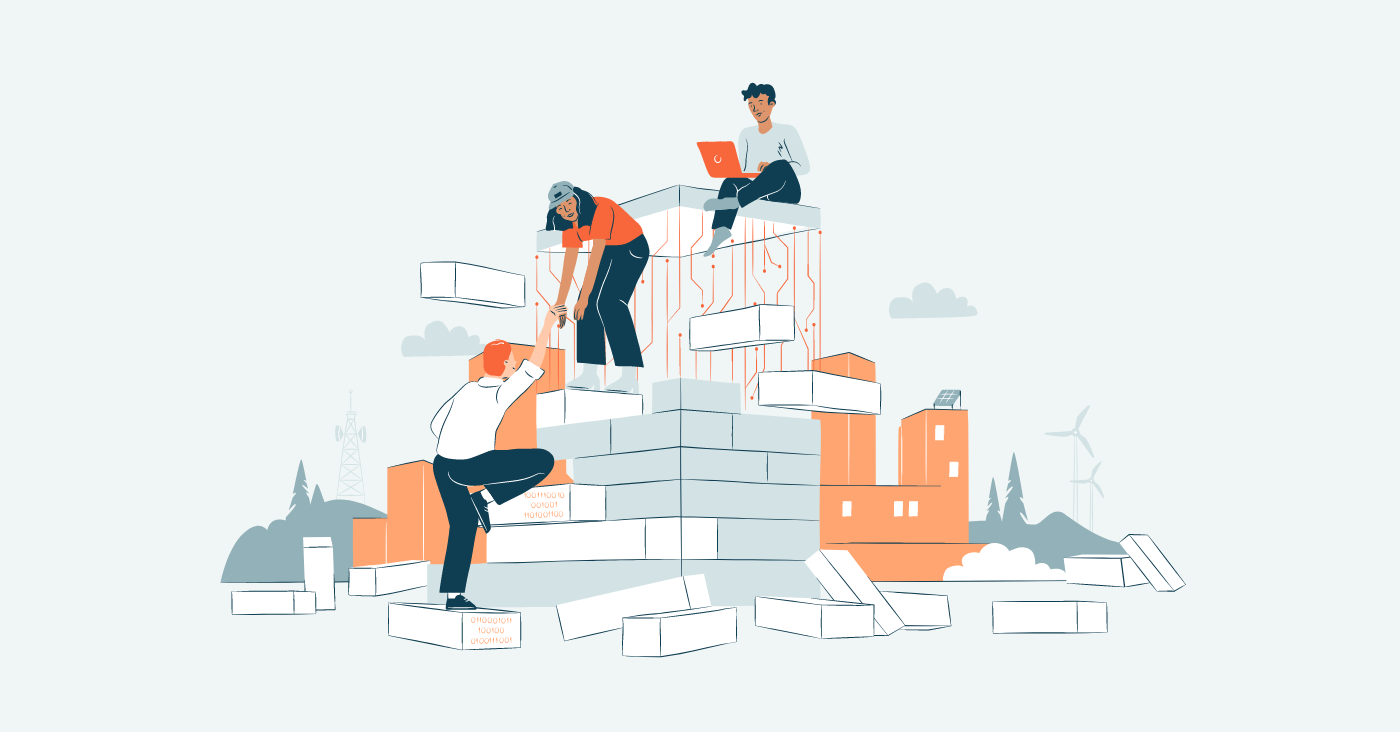In this latest series of blogs, we’ll open-up the Good Growth methodology and the associated tools and practices. The purpose of these articles is to open-source the Good Growth framework in the hope that we enable others in the adoption and scaling of sustainable thinking and doing in their own digitalisation projects.
Sustainability is fast becoming the next big business transformation. According to the 2021 IPCC report, much of the groundwork needs to be done within this decade to safeguard our future from catatrosphic global heating above 1.5 degrees. Companies need to demonstrate that carbon emissions targets are in order, Environmental, Social Governance (ESG) legislation is adhered to, and expectation from a new breed of conscious consumer is met. Company operations and brand image align and “greenwashing” becomes a thing of the past. Much of this transformation is enabled through digitalisation. From value chain transparency to systemic impact modeling, IOT smart sensing to data-driven business intelligence. There is a lot of work to do.
With that in mind, we’ll need to join forces and work together. We believe that sustainability is everyone’s responsibility, and the sharing of practical tools and methods can only be a positive thing in helping to accelerate the sustainability transition that we are all a part of. Gofore’s Good Growth methodology and toolkit is open-source. We are more than happy for you to try it, use it, redesign it, improve it. Go for it!
The Good Growth Lenses
Let’s start with the foundation that underpins the Good Growth way of thinking. This is the reference that you return to, a way to steer projects toward success and concrete measurable sustainability impact. A sense checking tool that team stakeholders can adopt as their shared way of thinking. In essence, it’s the map that helps you navigate toward your desired destination.
The traditional way of thinking when designing and developing consumer digital services is to make sure of two things that are in essence, the measure of success.
How well does your digital service:
1. Help the user achieve their goal in the most intuitive and simple way possible. In addition, engaging them enough so that they return often and even recommend to others?
2. Deliver from the strategic business perspective and generate the right kind of economic value for the service provider?
So that’s quite easy right? I’m simplifying of course, but just for the sake of clarity, that pretty much covers most commercial consumer services. On the public sector side, it’s a different picture, but it’s not that much different. The economic aspects just become a little more hidden and the social improvement aspects more prominent.
With our Good Growth lenses there are three measures of success that we consider when we design and develop digital services.
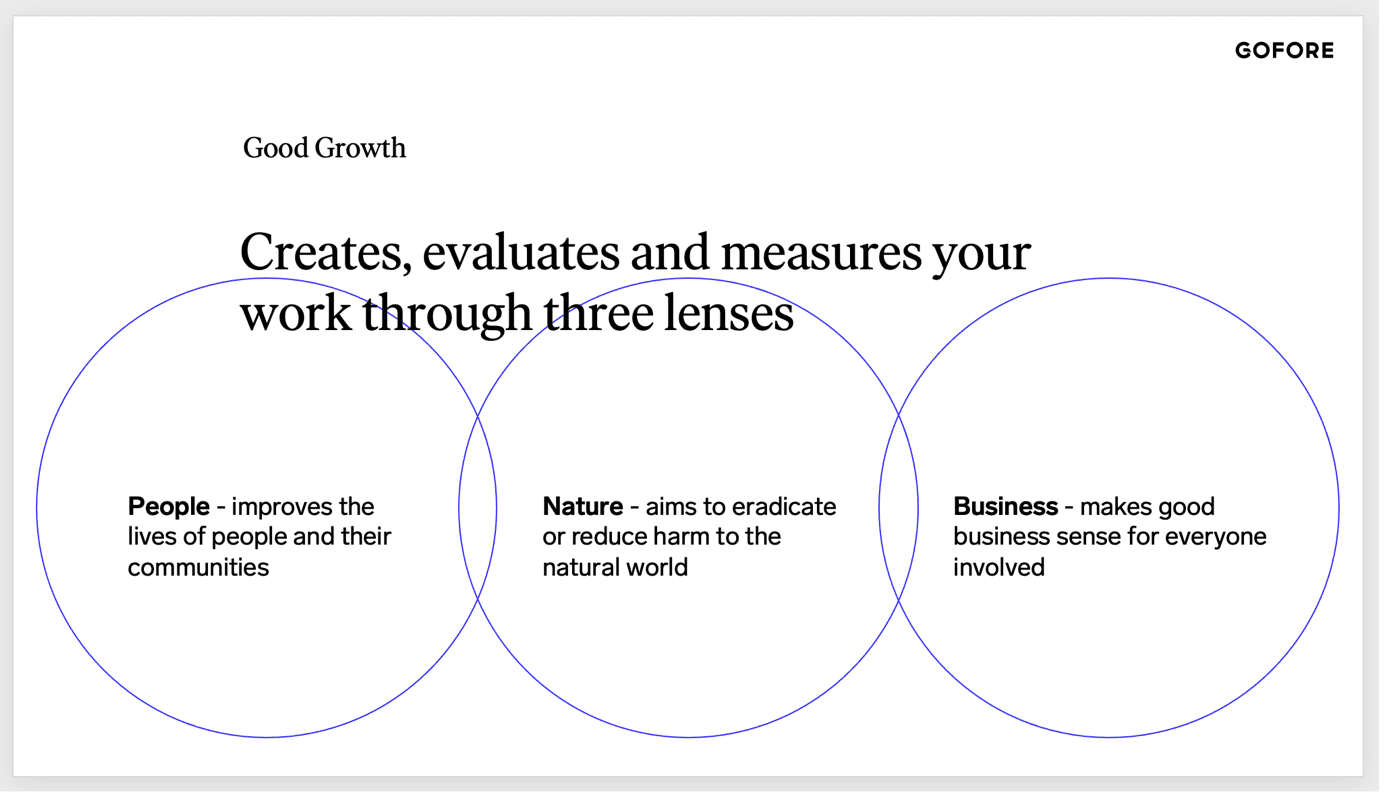
1. People – Improve the lives of individuals and the communities they belong to.
2. Nature – Reduce any potential harm to the environment, and if possible, eradicate it all together.
3. Business – Develop good business for everyone involved. Stakeholder capitalism as opposed to shareholder capitalism.
These three Good Growth lenses when applied to your project, will help you to question your goal and intentions, ensuring the outcome scores well against the GG lenses.
Practical application of the GG lenses:
Print these lenses out and stick them to the wall (or Miro board). Hold a team session to go through each lens and ask yourself:
- How well are we doing on each lens, what are the main sustainability issues?
- Where are the opportunities for improvement?
- What’s our plan of action?
Be transparent about your current state and be OK with what you cannot achieve. For example, if your digital service is harmful in some way to the environment, make sure the team is aware and try your best to design a solution. If not now, then make it a backlog improvement for the future roadmap. The most important thing is full transparency and big picture awareness of the total impact of the digital service that you are about to launch into the world.
From this GG lens mapping, figure out the most important aspects to address and prioritise based on your team knowledge and basic gut feel. If you can bring in a sustainability expert to add validation to your mapping, all the better.
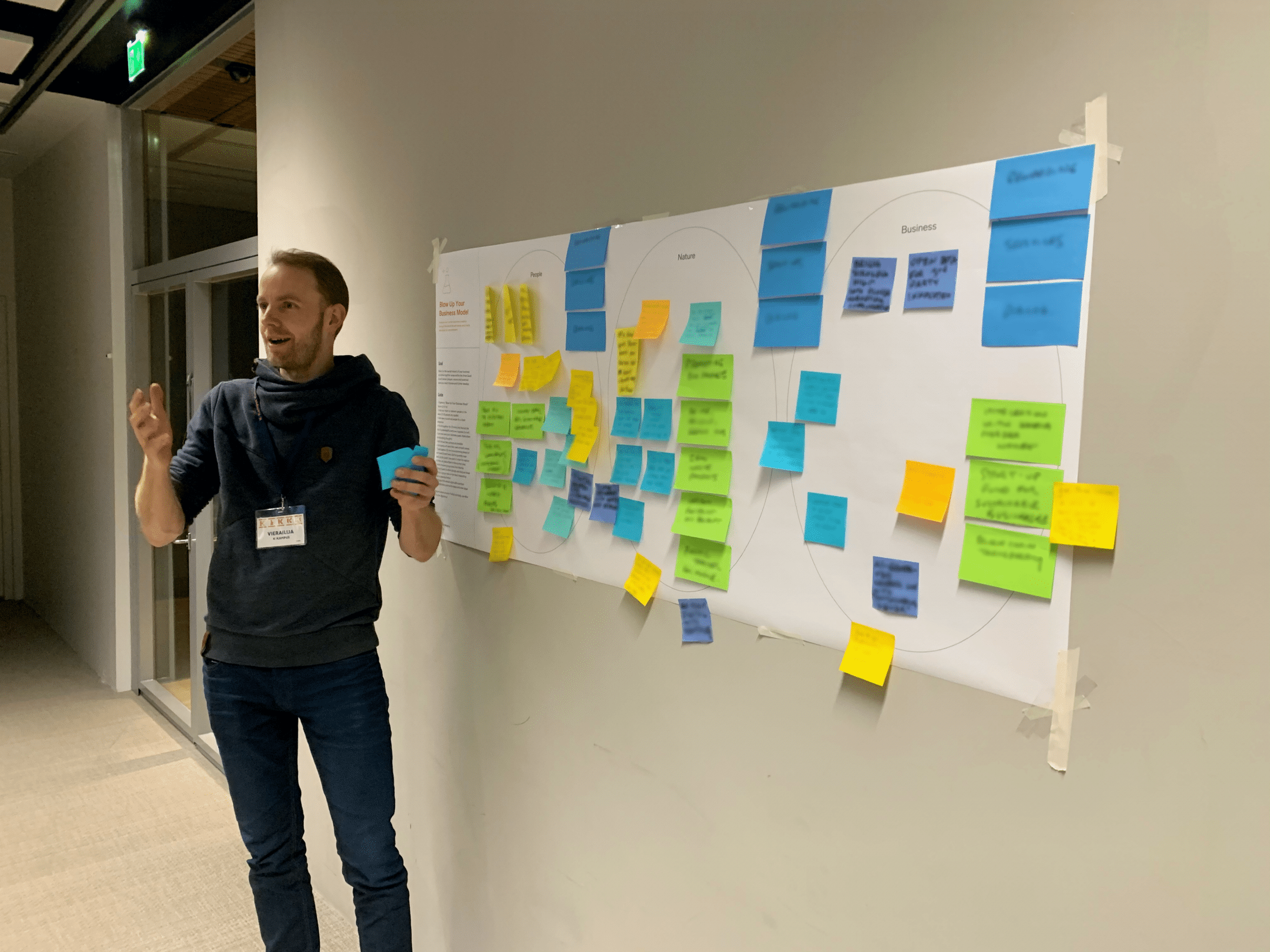
Next step is to ideate “Jobs To Do”. What actions need to take place in order to address the issues? Who do you need to speak to? Who do you need to get onboard? Service ecosystems are in most cases made up of a collection of actors (real people) who contribute to the service delivery, owning and working with some part of the value chain with their own agenda and set of priorities. Working together with these stakeholders is key to solving sustainability problems. Defining shared vision and win-win scenarios for all is the only way that you will convince people outside your immediate team to play ball.
So, to summarise, getting started with Good Growth could be as easy as bringing these 3 lenses into your project and introducing them to your team. Taking the time to map issues and align them together on the big picture. Work out Jobs To Do and make the connections to people in the wider value chain. Start to work together to design out sustainability issues.
It’s of course by no means easy, but solving the biggest challenge facing humanity was never going to be a walk in the park.
In the next blog we’ll dive into the Good Growth process, one that aims to unify multiple stakeholders and scales Good Growth thinking and doing.
2021 IPCC report in full:
https://www.ipcc.ch/report/ar6/wg1/#FullReport
Link to Good Growth:
https://gofore.com/en/good-growth/
If you would like to try out Good Growth in your project – let’s talk!
